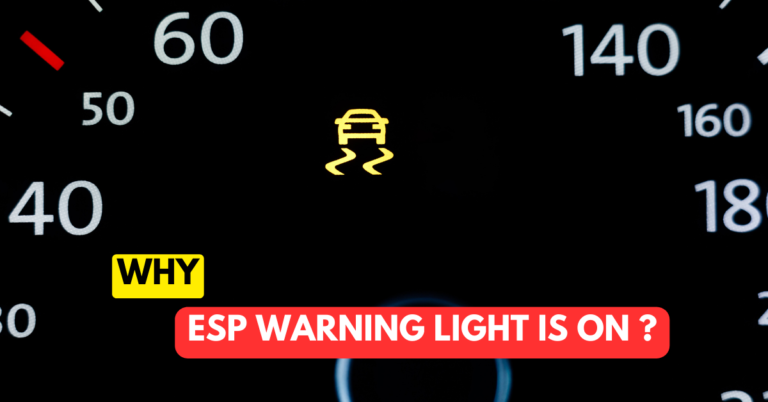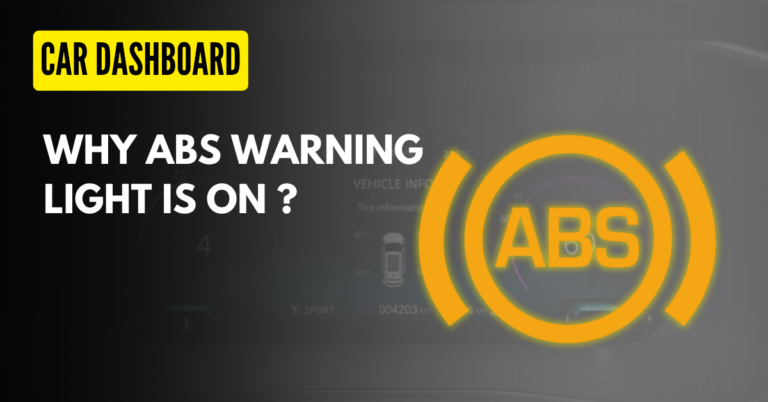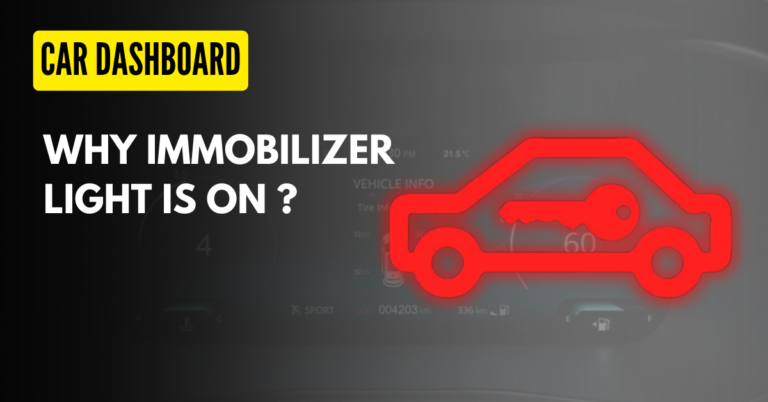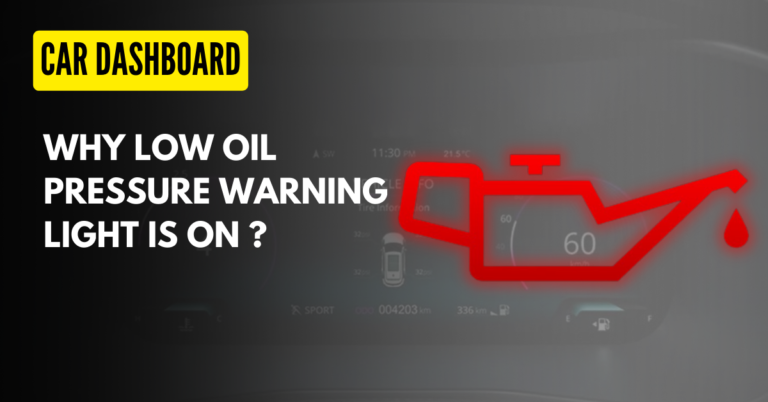The check engine light, technically known as the malfunction indicator lamp (MIL), serves as a crucial communication tool between your car and you. The check engine indication signifies that the car’s Engine Control Unit (ECU) has detected issues within the powertrain system. These issues can range from minor to severe, with various components related to the functioning of the vehicle.
It can manifest in two distinct ways: steady and flashing.
- Solid Light : A steady glow indicates issues related to emissions systems or safety-related faults.
- Flashing Light : If the light blinks or flashes, it signals a severe problem that could potentially damage critical systems like the catalytic converter or internal engine components.
What Makes a Check Engine Light Come On ?
This can happen due to a variety of issues, each requiring attention and diagnosis. It’s essential to distinguish the check engine light from other service notifications, such as maintenance or oil change alerts.
Common Check Engine Light Causes
- Loose or Faulty Gas Cap: The seemingly insignificant gas cap plays a crucial role in the sealed evaporative emissions system. Leaving it off can result in Check Engine Light codes, affecting the recirculation system and leading to fuel loss through evaporation.
- Oxygen Sensor Issues: Responsible for measuring unburned oxygen in the exhaust system, a faulty oxygen sensor can lead to increased fuel consumption, reduced fuel economy, and potential damage to spark plugs and catalytic converters.
- Engine Misfires: Misfires, caused by issues like defective ignition coils, fuel injectors, vacuum leaks, worn spark plugs, or bad compression, result in poor performance, reduced fuel economy, and can lead to mechanical failure if ignored.
- Mass Airflow Sensor (MAF) Troubles: The MAF sensor, critical for determining the proper air-to-fuel ratio, can trigger the check engine light if contaminated. Cleaning or replacing the sensor is necessary to avoid issues like reduced performance and fuel economy.
- Catalytic Converter Issues: A malfunctioning catalytic converter, crucial for reducing harmful emissions, can trigger trouble codes. However, simply replacing the converter or oxygen sensors may not solve the underlying issue causing the failure.
How to Fix Check Engine Light Issues ?
Addressing Check Engine Light issues is crucial for maintaining your vehicle’s health and performance. Ignoring this warning light can lead to more significant problems down the road. Here’s a step-by-step guide to handle it effectively:
Step 1: Scan for OBD-II Codes
- Use an OBD-II scanner to read the diagnostic trouble codes (DTCs) stored in your vehicle’s computer. These codes provide specific information about what might be causing the Check Engine Light to illuminate.
Step 2: Understand the OBD-II Codes
- Each OBD-II code corresponds to a specific issue. Use a reliable resource or the scanner’s manual to interpret the code(s). For example, P0008 relates to engine timing, while P0130 indicates an oxygen sensor malfunction.
- Look up detailed information about each code. We have a comprehensive list of OBD-II codes and their meanings, along with guides on how to fix each one.
Step 3: Diagnose the Problem
- The codes will give you a starting point, but additional symptoms can help pinpoint the exact issue. For example, if you have a code related to the oxygen sensor, check for any visible damage or disconnections in the sensor or its wiring.
Step 4: Address the Specific Issue
- If a specific component is faulty (e.g., an oxygen sensor or timing belt), replace it with a quality part. Some issues may require repairs rather than part replacement. For example, fixing a wiring issue or cleaning a dirty sensor.
Step 5: Clear the Codes
- After addressing the issue, use the OBD-II scanner to clear the codes and reset the Check Engine Light. This step ensures the light goes off if the problem has been successfully resolved.
What are the Consequences of Check Engine Light ?
Ignoring the check engine light can have far-reaching consequences:
- Decreased Fuel Efficiency: Many issues that trigger the light can reduce fuel efficiency, causing you to spend more on gas than necessary.
- Increased Emissions: A poorly performing engine may produce higher emissions, contributing to environmental pollution.
- Catalytic Converter Damage: Damage to the catalytic converter, a costly component that helps reduce emissions.
- Difficulty Starting the Car: If the problem involves the ignition or fuel injection system, it could result in difficulty starting your car.
- Reduced Performance: Ignoring engine issues can lead to decreased overall performance, affecting your car’s acceleration, handling, and overall drivability.




